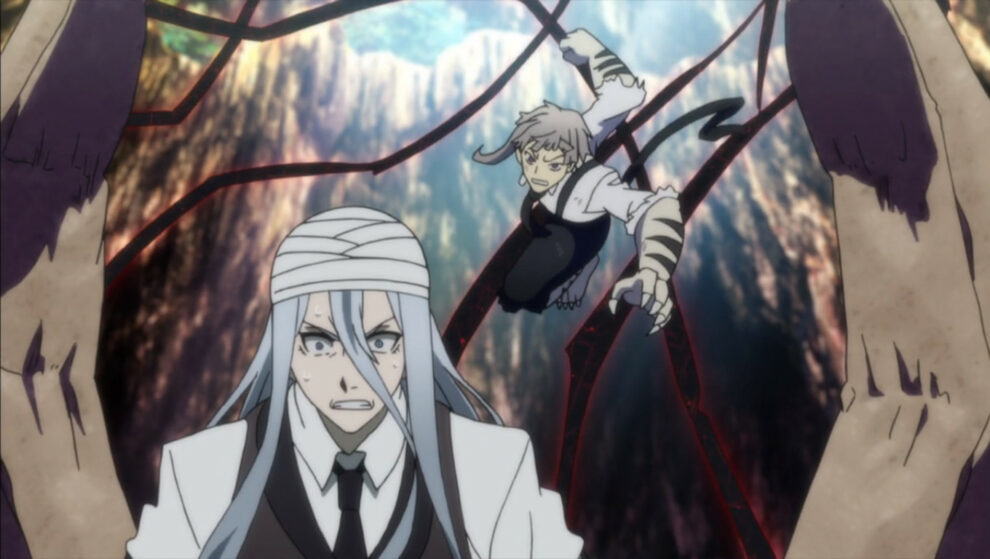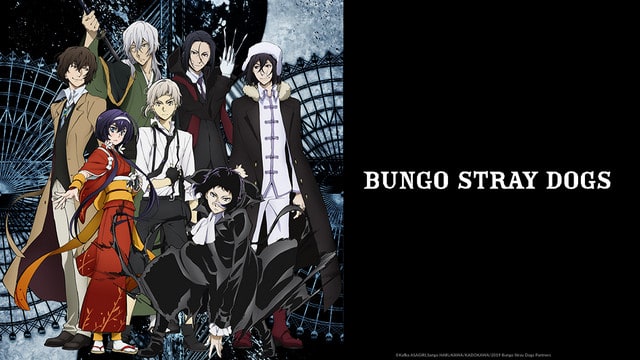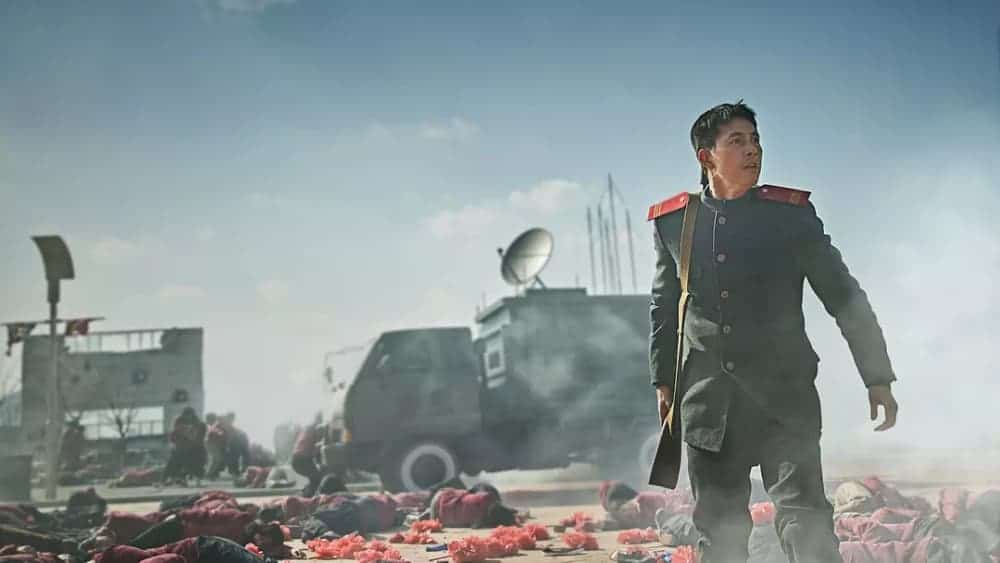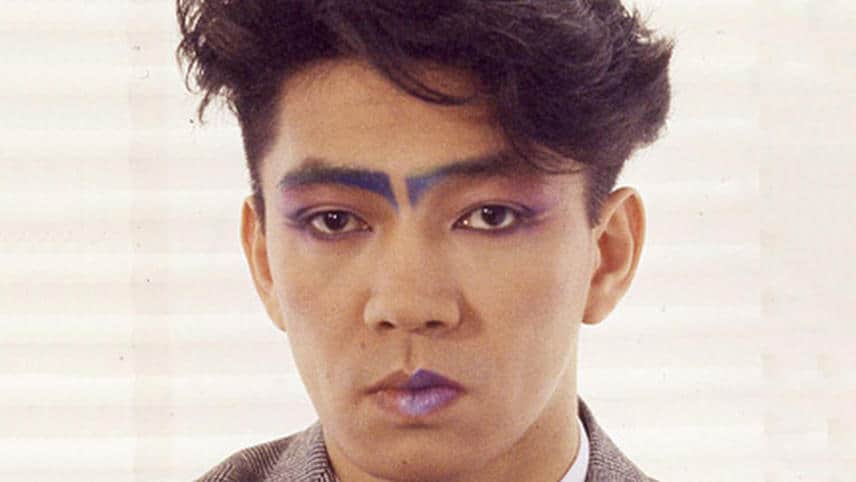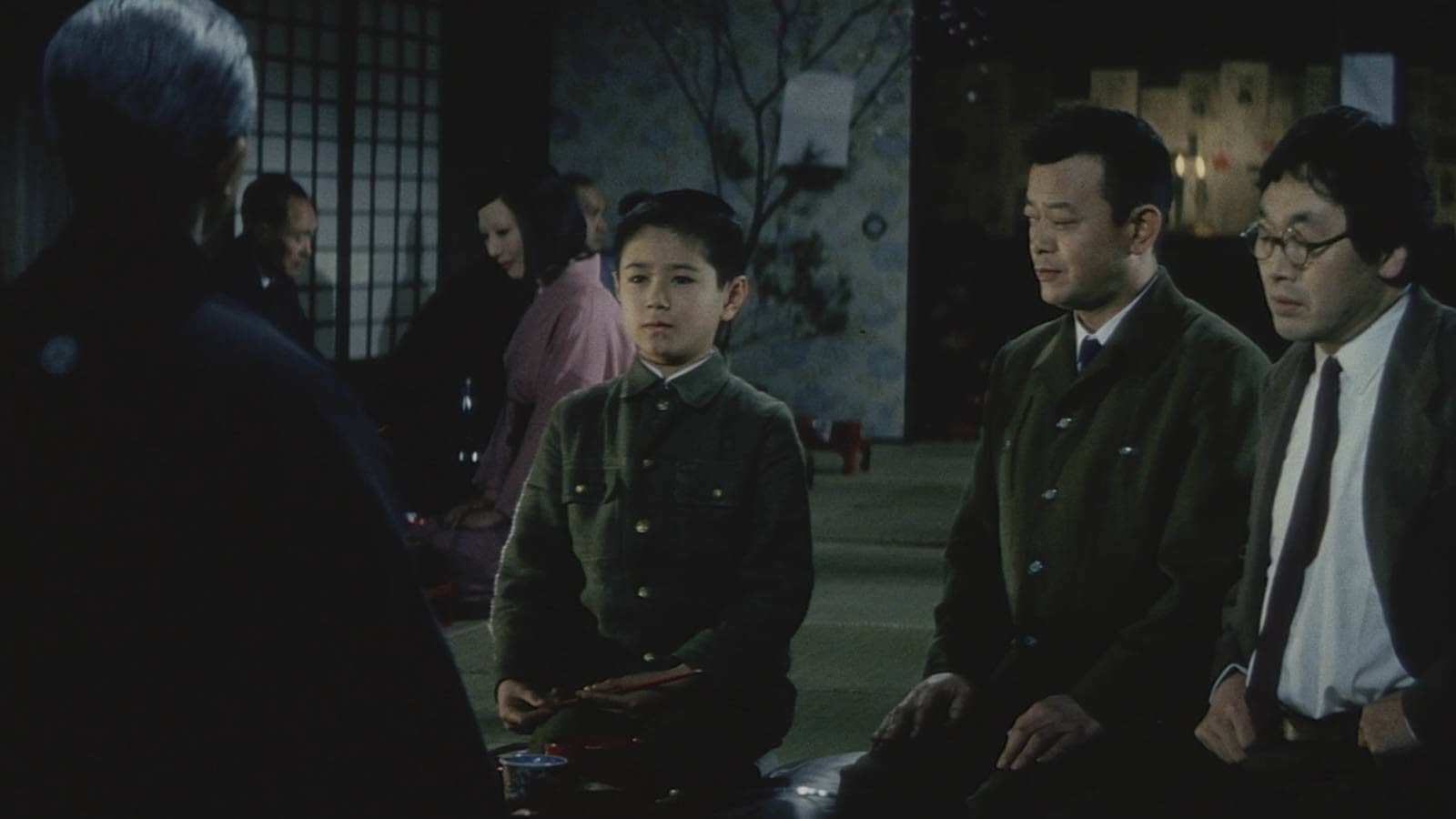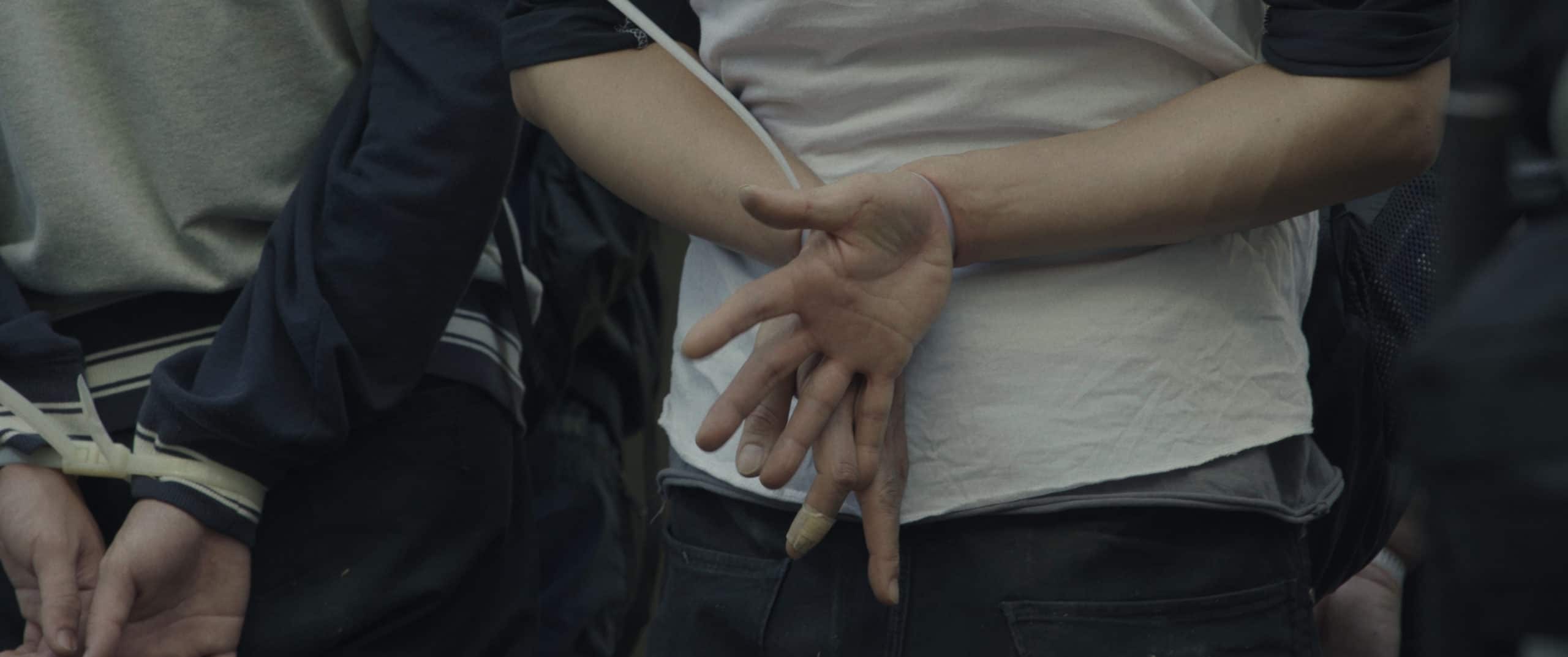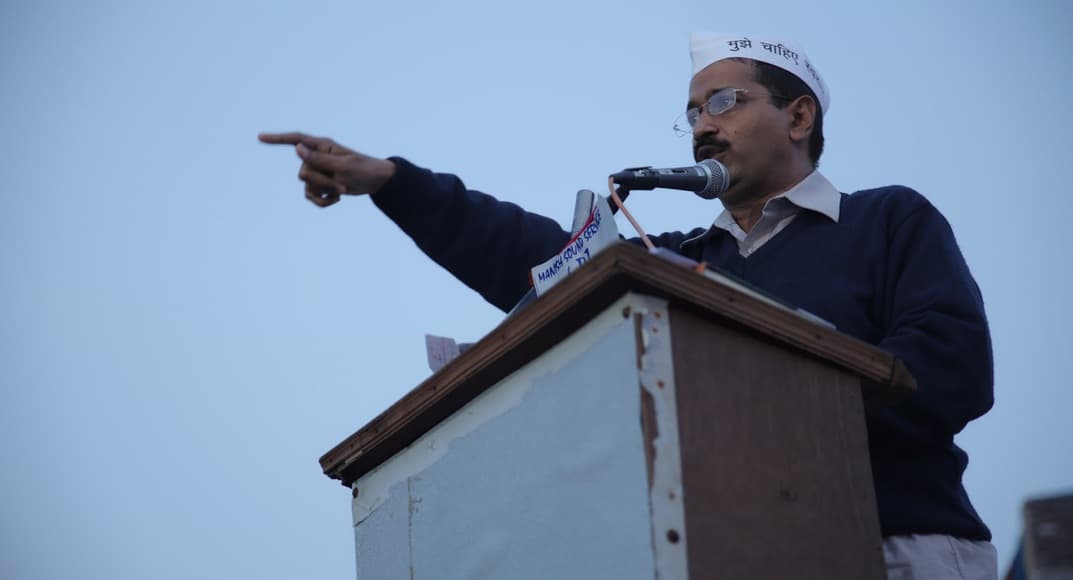Three years after the end of the second season the members of the Armed Detective Agency, the Port Mafia and the Guild return once more, in a style that mirrors the one of the last season in terms of narrative, but ends up in probably the best chapter of the series so far.
Watch This Title on Crunchyroll
by clicking on the image below
The first three episodes of the third season delve into the past once more, when Mori has just taken leadership of the Port Mafia, with the help of Dazai's silence regarding the way he achieved it. Mori asks Dazai to research the emergence of a gang of kids with Talents named Sheep, which is how the latter initially gets to know Chuya.Their clash and power games involve Mori and ultimately lead to Chuya joining the Port Mafia.
Check the reviews of the previous seasons
The rest of the 12 episodes return to the present, with the appearance of Fyodor Dostoevsky, who proves the most formidable villain the protagonists have ever faced before, with his talent having to do with mind manipulation. Through a rather elaborate plan, he manages to force the ADA and the Port Mafia to a clash once more, despite the fact that, up to his emergence, there was a truce between the two. Furthermore, Kyoka's past and the way she received her powers is also revealed, Lucy becomes a member of the group and starts working in the cafe in the funniest part of the season, and the plan Dazai always had for Akutagawa and Atsushi, finally comes to the fore.
Although the literary part is somewhat toned down, as the majority of the characters are already established, the turn to Russian literature, after the American one in the previous season, retains what is probably the most unique aspect of the series. Dostoyevsky, Ivan Goncharov, and Pushkin are all involved as the villains here, while the appearance of Natsume Soseki continues the element from the Japanese part.
Apart from this, the analysis of the characters continues to be of the highest level, with the holes in the past stories and the way the lives of many were shaped coming once more to the fore. As I also mentioned in the previous season, the fact that the focus is not on Atsushi but on Dazai, works excellently for the series, and this time, Takuya Igarashi moves it even further, focusing intensely on Chuya, Mori and Fukuzawa, with the past of the last two, and their eventual clash being the most intriguing arc in terms of story. The humorous moments that briefly move outside the story are also here, but again, thankfully, this aspect is toned down with the season following a more serious angle for the overwhelming majority of its duration.
Nobuhiro Arai's character design shows a sharper touch, benefiting from advancements in technology since the previous season. Dostoyevsky stands out from the new characters, with his lean characteristics and dark demeanor, but the truth is, the more characters are introduced to the series, their individuality is somewhat lost. Perhaps some deaths would help in that regard, although the fact remains that the quality of the design is quite high.
The action is much more intense this season, both in terms of quantity and quality. The battles involving Chuya and Dazai in the beginning set the tone, the ones between the Port Mafia and ADA up the ante, and the one where Akutagawa and Atsushi are facing Ivan Goncharov are the apogee. Bones animation finds its apogee in those scenes, which are quite bloody, while the one between Mori and Fukuzawa can only be described as the cherry on top. The fact that the ones fighting are frequently former and current friends adds a sense of drama to the action, and also an element of surprise, since the winner is never known in such types of fights. Lastly, the drawing of the backgrounds retains the quality of the previous seasons, although this time, the whole approach is darker.
The third season of Bungo Stray Dogs 3 weaves a narrative that seamlessly merges the past and present, analyzing even more the existing characters and introducing new and rather intriguing villains. With the production values being a notch better, and the action more impressive, it is easy to say that this marks the zenith of the series, in a franchise that improves with every new entry.


